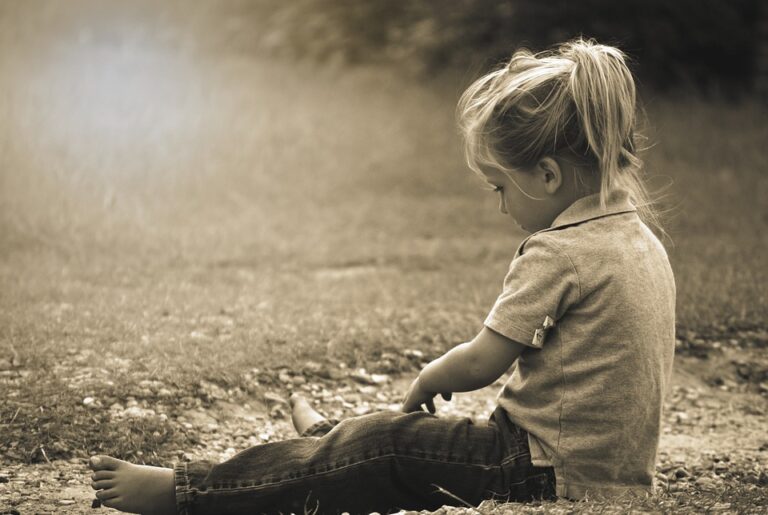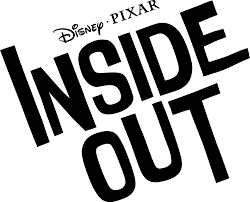In our previous blog “Attachment Styles and How We Relate to Others” we talked about four main ways in which we tend to form our relationships and try to satisfy our emotional needs
- secure
- preoccupied
- fearful-avoidant
- dismissing-avoidant
We also mentioned that attachment styles are something that we acquire in our childhood and mostly stick to it throughout our lives.
This post will dig deeper into what potential problems a non-secure attachment style can cause for our life and that of our partners, as well as why and how we can prevent or stop maladaptive behavior in romantic relationships.
Where is the problem?
Our attachments originate from our first attachment experience, that with our primary caretaker, usually our mothers. Following this relationship, we build on it over the course our formative years and add in different beliefs about the world and the people that surround us.
With time, we incorporate all our early experiences and form what we believe to be our own way of approaching others and needing them. Yet, the problem arises basically from the fact that, when we first acquired our attachment style, we had fairly shallow and necessarily limited understanding of the world. But we rarely revisit these deeply rooted feelings, ways and beliefs as adults.
So, if we grew up, for example, with our needs in childhood being inconsistently satisfied, or not at all, it is possible that we will form a worldview in which we, on one hand, have strong need for intimacy, but on the other, we strongly doubt that we are worth it.
In other words, the fact that our needs were unpredictably satisfied when we were growing up made us develop a profound feeling of our own inadequacy, of not being deserving of love and praise. We interpreted this situation as being our fault because we lack what was needed to receive the affection that we needed. And we hardly ever set our intention to address such conviction when we grow up – we just have an overwhelming feeling of not being good enough, while we also crave closeness and bond. We develop a preoccupied attachment style, and spend our relationships in an anxious and insatiable need for closeness that we never seem to satisfy to the fullest. This especially becomes a problem if we seek out a dismissive partner, which is often the case. Then our behavior could be, and often is, described as clingy, possessive, demanding of attention, and it is often what drives others away.
Or, if you grew up to be a dismissive-avoidant individual, you will most likely indulge in pseudo-independence, as you probably decided that “you don’t need anyone” as a way of coping with unsatisfied emotional needs as a child. You learned to shut down emotionally and to disconnect easily from others, often as a consequence of being or feeling abandoned by your caretaker(s). This might have worked for you at that moment and helped you cope with enormous pain of not being able to develop closeness with your mother or father figures, but such strategy prevents you from forming significant relationships and experience intimacy as an adult, robbing you of a very important aspect of life.
Fearful-avoidant attachment style is often developed in a household where the child could not count on his or her needs being met, even when it comes to the most basic ones. It is not uncommon that a fearful-avoidant adult survived a trauma as a child. Such person will realize the need for an intimate relationship with others and crave it, but also feel terrified of the possibility of being hurt. As a result, the romantic relationships that you will experience will be explosive, full of turmoil and stress, often described as passionate and wild, but basically highly unhealthy for everyone involved.
What to do about our non-secure attachment styles?
In short, as adults, we will tend to confirm our deep-seated and most commonly unconscious convictions of how interpersonal relationships should look like, and especially how romantic partners ought to interact. Unfortunately, if our attachment style is insecure, these beliefs will set a stage for countless troubles and heartbreaks. This is why it is important to determine our attachment style and to address any non-secure elements with a psychotherapist who will help you find your way through this maze.

Especially helpful for this kind of issue is eye movement desensitization and reprocessing therapy (or EMDR). For most of us, our memories begin with recollections of what had happened to us when we were somewhere around the age of 5. Yet, the relational trauma and the development of insecure attachment style mostly occurs even earlier in our childhood, when our memories are non-verbal and remain in the sphere of emotions. This is why EMDR is highly effective choice of treatment, as it mobilizes the brain’s adaptive information processing mechanisms and can, therefore, re-pattern our non-secure attachment style that was formed before our thinking became predominantly verbal.
By choosing to work on your attachment style with a psychotherapist, you can finally free yourself of your early experiences and your early understanding of the world, and liberate yourself to form authentic and meaningful intimate relationships.






